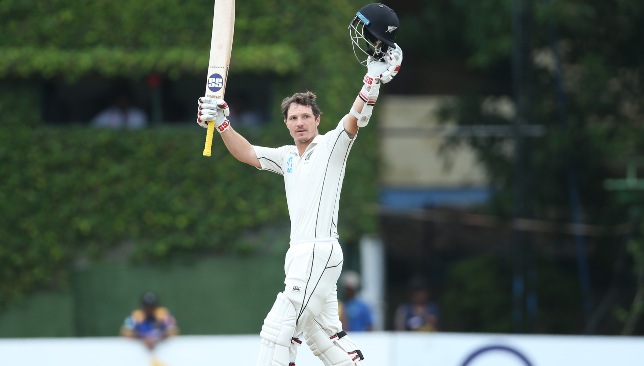
One of the most demanding roles in Test cricket is that of a wicketkeeper and it is one which has undergone plenty of change over the years.
Following Adam Gilchrist’s unprecedented success as a batsman, no longer are wicketkeepers just required to do a job behind the stumps. Their ability with the bat has become equally important in the modern era, more so in limited-overs cricket.
Test cricket has not been immune to this trend and several teams have quality batsmen in their wicketkeeping roles. Keeping their batting contributions in mind, we have attempted to rank the eight best wicketkeepers in the Test format. To this end, the eight players have been separated into four different categories.
Performances over the last three years have been given greater consideration in these rankings.
TIER 4
Niroshan Dickwella (Sri Lanka)
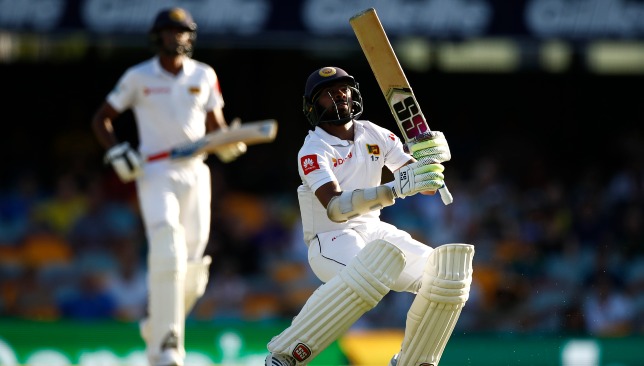
As far as unorthodox batting styles go, it is hard to look past Sri Lanka’s Niroshan Dickwella. The left-hander loves to collect a large part of his runs behind the square, with an array of sweep and scoop shots.
Despite sparkling with a fine 72 on his Test debut in 2014, Dickwella failed to cement his spot in the team. It was only in 2017 that he started to become a regular in the Sri Lankan Test squad and has now managed to make a total of 37 appearances in the format.
He had a great year in 2017 with six half centuries in 22 innings, although his output significantly declined in the following year. His consistency has picked up again in the past twelve months or so, with five half centuries in his last 15 Test innings. While a maiden century still continues to elude him, the Sri Lankan makes decent contributions for someone batting lower down in the order.
Mohammad Rizwan (Pakistan)
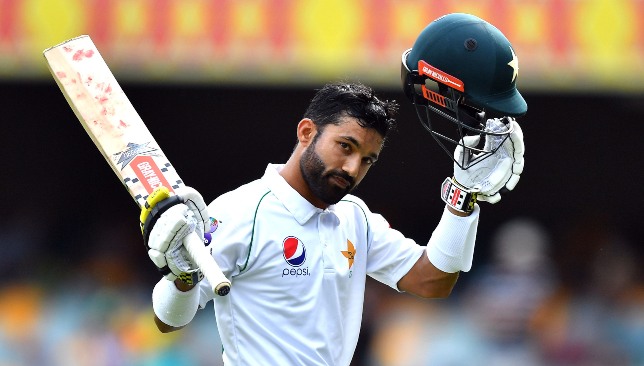
With just six Test appearances under his belt so far, Mohammad Rizwan is a relatively new entrant in this category. He made his debut for Pakistan in 2016, but was dropped after just one outing. Sarfraz Ahmed’s extended run of poor form has opened the doors once again for Rizwan, and he is starting to make it count.
A fluent 95 in last year’s tour of Australia was a big indicator of Rizwan’s prowess and was enough to earn the continued trust of team management. In fact, the right-hander looked like the best Pakistan batsman after Babar Azam on the tour.
His wicketkeeping abilities seem pretty handy to boot and there is no reason why Rizwan cannot become a mainstay for the Test squad in the years to come. At 28, he is no youngster and should be itching to make up for lost time. Pakistan’s upcoming tour of England will pose a big test of both his batting and wicketkeeping abilities.
TIER 3
Rishabh Pant (India)
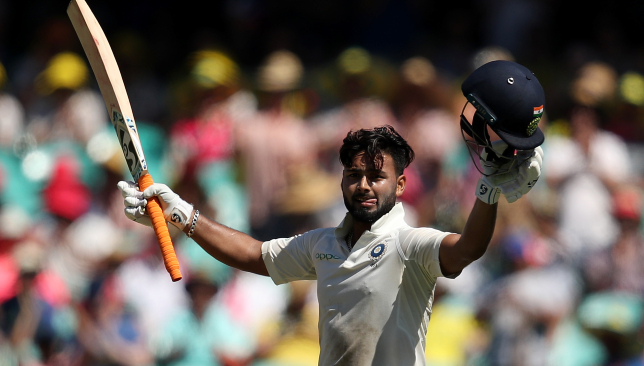
It is a confusing time for Rishabh Pant, with the young gun finding himself playing second fiddle to Wriddhiman Saha in home Tests for India. He still remains India’s first choice wicketkeeper when it comes to overseas Tests, although his latest showings in New Zealand weren’t exactly inspiring.
However, as the only Indian wicketkeeper to register Test tons in Australia and England, Pant’s potential remains immense at the age of just 22. He has certainly flattered to deceive for the most part in the limited-overs formats, but Pant’s excellent start to life in the Test whites makes him worth persisting.
A batting average of nearly 39 after 13 Tests is commendable, especially considering most of these appearances have come away from home. His glove work behind the stumps definitely needs some polish, though.
Shane Dowrich (West Indies)
If one were to list the most improved cricketers in recent years, West Indies’ Shane Dowrich would definitely feature in it. Though he entered international cricket on the back of being a prolific run-scorer at domestic level, it took some time for Dowrich’s batting qualities to shine through.
While there were the occasional flashes of his batting grit in his early forays for West Indies, Dowrich’s batting qualities came to the fore in 2017 where he struck a maiden ton against Zimbabwe.
He has since gone on to triple that tally with two more tons, including a superb 116 against England at the Kensington Oval last year. Since the turn of 2018, Dowrich has been averaging in the forties, which is highly respectable for a wicketkeeper. He also has a pair of safe hands behind the stumps.
TIER 2
Tim Paine (Australia)
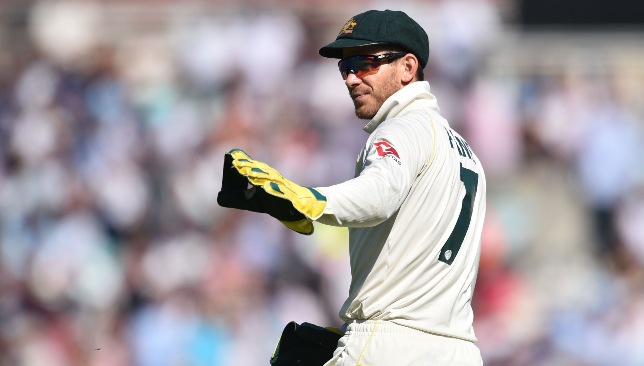
The Australia skipper might not be the flashiest of batsmen, but he gets the job done more often than not. The right-hander is usually good for the odd 30 or 40 in his batting position, and those are respectable returns for a wicketkeeper.
He is not a prolific scorer by any means, and just seven fifties and no tons in 50 innings reflect that trait. However, he has the temperament to grit it out for his team when the going gets tough. With Steve Smith, David Warner and Marnus Labuschagne making up an exceptional top-order for Australia, Paine’s batting average of approximately 32 is more than sufficient.
As a wicketkeeper, his glove work is top-notch and is arguably the best among the current crop. As a late bloomer who is only now getting his due, Paine probably doesn’t have many years of cricket left in him at this stage. He will hope to squeeze every last ounce of cricket left in him in the coming months.
Mushfiqur Rahim (Bangladesh)
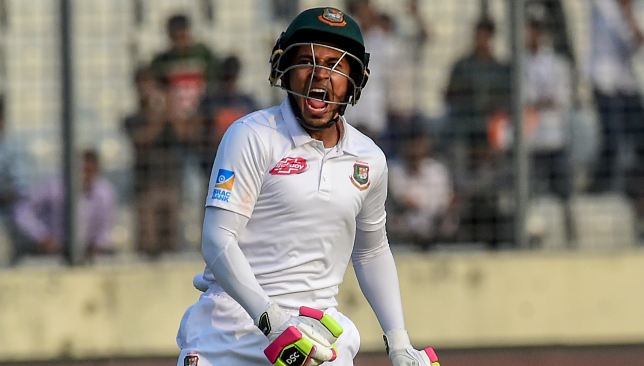
The Bangladesh veteran does not regularly take the gloves for the national team anymore with Liton Das also in the fray. While he might not always take the wicketkeeping gloves these days, Mushfiqur Rahim can still do a job when called upon.
As a batsman, his quality has never been in question and two Test double hundreds are a testament to his powers with the willow in hand. In the last three years, he has taken up the wicketkeeping gloves on only 10 occasions. He has managed to average a sensational 55.25 in these appearances and his unbeaten 219 in New Zealand was the best of these displays.
Among the current generation of wicketkeepers, Rahim is the only one to register two double tons in the format.
TIER 1
BJ Watling (New Zealand)
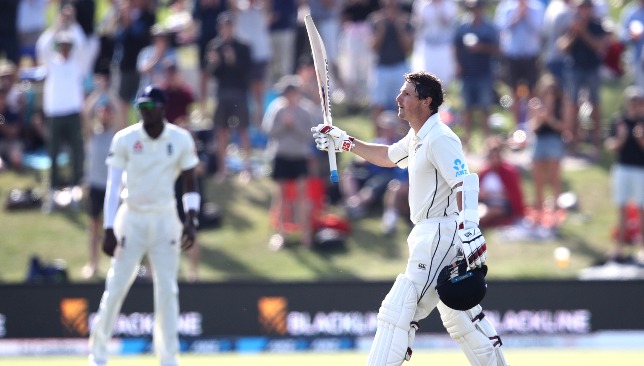
There was a time when BJ Watling was highly underrated as a player, but not anymore. The cricketing world has begun to wake up to his genius in recent months and he is now widely accepted as the best wicketkeeper batsman in the format.
His batting average of 38 while coming in at No7 for New Zealand is phenomenal to say the least. He has eight centuries to his name and added another feather to his cap last year by becoming the first Kiwi wicketkeeper batsman to bring up a double hundred.
Watling has a knack of bailing his team out of trouble after a top-order collapse, and he has already been involved in several mammoth partnerships which have turned the tide of a match.
Although he has just turned 35, it wouldn’t be a surprise to see Watling carry on for another two years at least.
Quinton de Kock (South Africa)
Had these rankings been for the ODI format, Quinton de Kock would have been the undisputed leader. Even for the Test format, the Proteas wicketkeeper batsmen still remains a part of the elite bracket along with Watling.
A batting average of nearly 40 after 47 Tests is mighty impressive from de Kock, especially due to the fact that most of his cricket is played on the tough pitches of South Africa. What stands out about the South African’s batting is his penchant for counter-attacking cricket. A strike-rate of more than 70 is reflective of de Kock’s aggressive approach with the bat and he can punish bowlers to all parts of the ground on his day.
He is gaining more consistency of late and is averaging more than 45 with the bat since the turn of 2019. As an athletic player with sharp reflexes, the southpaw is a proficient wicketkeeper behind the stumps.